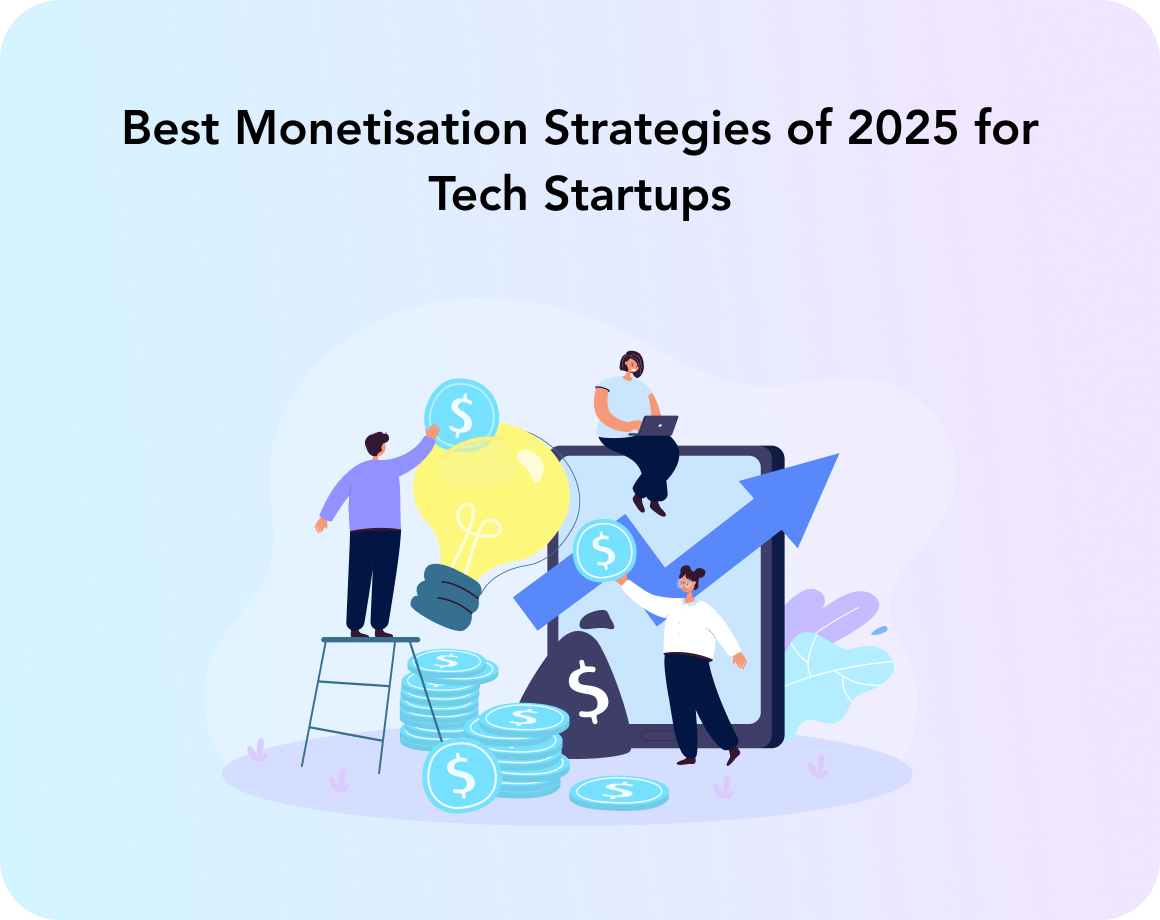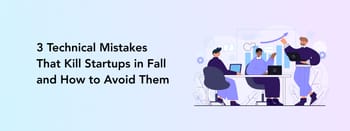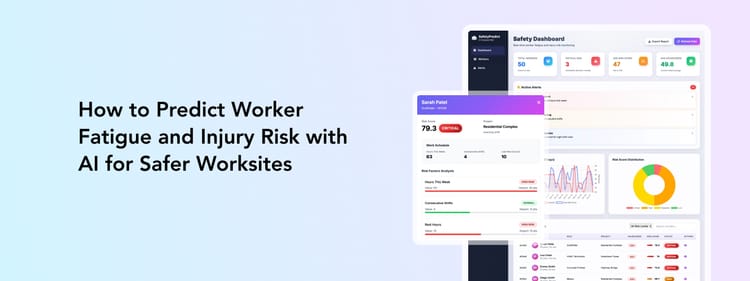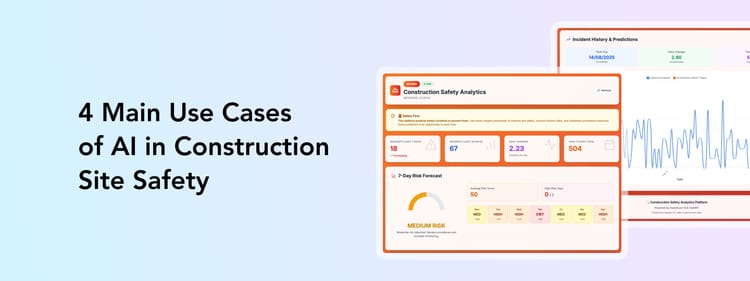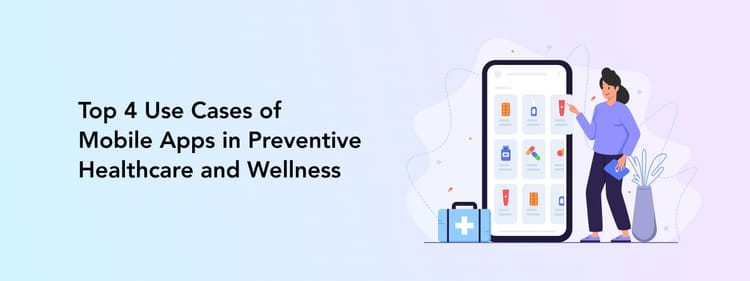Let’s be honest: most apps aren’t just passion projects. You’re putting in time and money, and naturally, you want that investment to pay off. But here’s the catch: traditional monetization models like in-app ads or paid downloads aren’t cutting it anymore.
Old-school ad models are losing steam and fast. Paid apps? Almost extinct. Currently, fewer than 3% of apps on Google Play require an upfront purchase. Why? Because most users simply won’t pay for an app they haven’t tried. Unless your product offers something extremely niche or irreplaceable, convincing users to buy before experiencing the app is a near-impossible task.
And in-app ads? In theory, it’s a great way to monetize a free app. In reality, unless your app has a massive user base (think 100K+ active users), ad revenue won’t move the needle.
One game developer with over 5 million downloads and 20K active monthly users reports earning just $1/day from non-intrusive ad formats. Even when running interstitials and rewarded ads, the numbers barely justify the effort. Not to mention, users hate overly aggressive ads, and it’s easy to damage your app’s reputation if you overdo it.
So what’s working in 2025?
Smart monetization today means thinking beyond ads and one-time payments. From hybrid freemium models to commissions, subscriptions, and affiliate partnerships, we’ll break down which strategies are delivering results for tech startups right now, including examples. And more importantly, which model could work for your product?
Let’s begin.
Freemium, Paywalls, Usage-based: Which Monetization Model Fits Your Product Type?
There’s no one-size-fits-all strategy when it comes to monetizing an app. The key is choosing a model that fits your product type and user behavior, not just following what’s trending.
- Games & fitness apps often lean on in-app purchases: Think of extra lives in mobile games or paid challenges in fitness apps. These apps let users pay for specific upgrades or features without committing to a subscription. For example, top mobile games like Candy Crush and Clash of Clans make most of their revenue through IAPs, offering consumable items players can buy repeatedly.
- Learning, wellness, and productivity apps tend to perform better with subscriptions: These products promise continuous value over time, making a recurring payment model a natural fit. Language learning apps like Duolingo and meditation platforms like Calm offer monthly or yearly plans, often paired with free trials to drive conversions.
- Some apps combine both: For example, MyFitnessPal uses a subscription model for full feature access but still includes IAPs for one-off premium meal plans or content bundles.
Let’s break down the main options that are actually working in 2025.
Freemium
This model keeps your app free to download and lets users choose how much to spend. You can offer extra features, remove ads, or unlock content through subscriptions or one-time payments. It’s a favorite for a reason: it lowers the barrier to entry while still giving you revenue opportunities. Freemium is a great match for productivity apps, fitness platforms, or anything that can show real value before charging users.
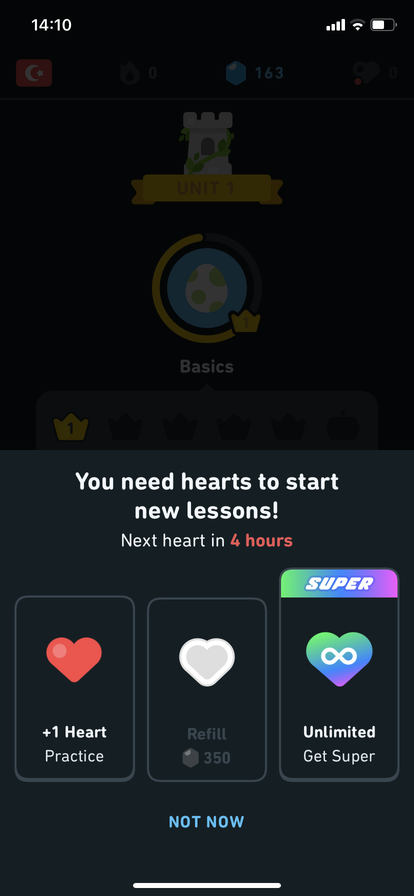
Subscription-based
The subscription model gives users access to premium content or features for a recurring fee, whether monthly, yearly, or weekly. It works well when your app offers continuous value, such as streaming, learning, wellness, or AI-powered tools. With the right onboarding and retention strategy, subscriptions can offer stable, long-term revenue. Just make sure users know exactly what they’re paying for and why it’s worth it.
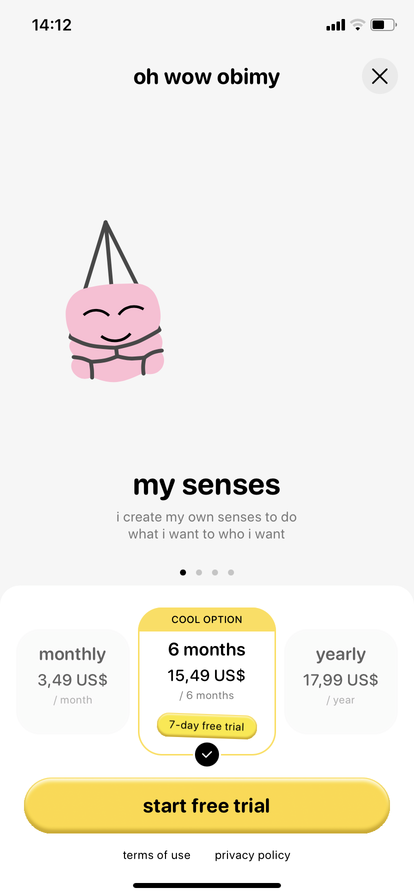
Paywalls
A paywall is a stricter version of freemium. Users can explore the app a bit, but to go any further, they have to pay. This model fits well with products offering high-value content or services that users are likely to pay for after a short trial or teaser. Meditation apps, language learning tools, or AI companions are common examples. The key is to time the paywall right. If it shows up too early, users bounce. If it comes too late, they may never convert.

Usage-based pricing
This model charges users based on how much they use your app. It’s especially popular with B2B tools, API-driven products, or platforms built on cloud infrastructure. Usage-based pricing scales naturally with your customers’ needs, whether that’s number of tasks, minutes used, or data processed. It’s flexible, transparent, and aligns your growth with theirs.
Commission-based
If your app connects buyers and sellers or handles bookings, this model makes perfect sense. You earn a small fee from every transaction, and the more active your users are, the more you earn. It’s commonly used in marketplaces, ticketing, delivery, and booking platforms. To make it work, you’ll need a reliable payment system and clear policies that both sides trust.
Real Examples: How Healthtech & Wellness Apps Boosted LTV by 2x
Choosing the right monetization model isn’t just about revenue; it’s also about user engagement and retention. Let’s look at how we helped eargym increase their active users and long-term value.
Perpetio collaborated with the eargym team to introduce a new subscription strategy based on user behavior insights. Together with eargym’s in-house researchers, we studied how long it typically takes users to build a habit of doing daily hearing exercises. The research showed that habit formation usually takes between 14 to 21 days.
Using this data, we suggested a 14-day free trial before prompting users to subscribe. This way, users could integrate the app into their daily routine and understand its value before committing to a paid plan. The updated model replaced the immediate subscription prompt, reducing user hesitation and increasing satisfaction.
After implementing the change, A/B testing showed a 40% increase in active users. By giving users time to build a habit, eargym successfully boosted engagement and improved subscription conversion rates, and ultimately increased lifetime value.

Another health app boosted engagement and conversions using a tiered trial strategy. New users got basic content in week one, more personalized sessions in week two, and full premium features by days 25–30. When users hit day 25, they were shown personalized progress reports and nudged toward subscribing. This matching of trial length with habit-building led to significantly higher conversions and improved LTV.
In-app Purchases vs. Subscriptions: What the Top-performing Apps Show
There’s no universal rule for choosing between in-app purchases and subscriptions, but usage trends and stats can point you in the right direction.
Subscriptions dominated in 2023, generating $45.6 billion globally. The U.S. alone accounted for over half of this amount. In fact, 96% of all spending on iOS and Google Play came from subscriptions. Popular apps like Duolingo, Calm, and MyFitnessPal drive recurring revenue with monthly or annual plans, offering free content upfront and locking premium features behind a subscription.
Retention numbers support this model: monthly subscriptions held about 20% retention, while annual plans performed better with 41% retention. This is especially effective for apps built around habit formation, like learning, wellness, and productivity tools.
In-app purchases still thrive, especially in mobile games and fitness apps. Titles like Candy Crush rely on small, repeat purchases: extra lives, boosts, or challenge packs. Notably, more than a quarter of all subscription apps in 2023 were games, many offering hybrid models with optional subscriptions and IAPs.
The model to choose depends on how users interact with your app:
- Long-term value = subscriptions
- Short-term boosts or unlocks = in-app purchases
- Combining both = flexibility for different users
Ultimately, the right monetization model depends on how your app delivers value, whether through ongoing experiences or one-time perks.
Mistakes to Avoid: When Monetization Kills User Retention
Monetization should support your app’s growth, not drive users away. But if you rush into it without a thoughtful strategy, it can harm your retention rates. Let’s take a look at common mistakes that can cost you users.
Too little value in the free version
When the free version of your app feels empty or limited, users might lose interest before they even consider upgrading. A good free tier should highlight what your app does best and help users understand its core value. If they can’t see the benefits, they won’t feel motivated to pay for more. Instead of locking everything behind a paywall, offer just enough to spark curiosity.
High subscription price
Subscription prices should match both the value you offer and what your users are willing to pay. If the price feels too steep, especially compared to similar apps, users might uninstall before even giving it a chance. It’s important to position your pricing as fair and clearly communicate the benefits users will get in return. A well-priced app creates a win-win: sustainable revenue for you and satisfaction for your users.
Paywall too early
Nothing frustrates users more than opening an app and immediately hitting a paywall. People need time to get familiar with your product and understand why it’s worth paying for. By letting users explore freely at the start, you build trust and increase the chances of conversion later on. Monetization should feel like a natural next step, not a barrier to entry.
Ignoring pricing tiers
Not every user has the same needs, and a single pricing plan can’t serve everyone. Offering multiple tiers: monthly, yearly, family, or student plans. It makes your app more accessible to different types of users. Flexible options help people find what fits their budget and use case. It also gives your app a competitive edge in a crowded market.
No research and strategy
Jumping into monetization without a clear plan is risky. Just because a pricing model worked for another app doesn’t mean it will work for yours. Your strategy should be based on real data: competitor research, user feedback, and testing different approaches. A well-informed monetization model is more likely to drive revenue without hurting retention. A trusted mobile app development team can build a monetization strategy for your product.
The Metrics Investors Care About in 2025 and How to Show Them Early
In 2025, investors are more data-driven than ever, but they're also smarter about what those numbers really mean. Vanity metrics like total downloads or social media followers won’t impress on their own. What truly matters is proving that your app not only attracts users but keeps them engaged and brings consistent revenue.
Here’s what investors want to see:
- Retention rate: They’ll look at day 1, day 7, and day 30 retention to see if users stick around. Strong retention is a sign that your app provides lasting value.
- Customer lifetime value (LTV) vs. customer acquisition cost (CAC): If acquiring a user costs $5 and that user brings in $20 over time, it shows your growth can be profitable.
- Churn rate: This helps show whether your users are satisfied or dropping off quickly.
- Activation rate: Investors want to know how many users reach that “aha” moment and actually start using your app meaningfully.
- Average revenue per user (ARPU): This is a key way to prove that your app can bring in steady income.
- Cohort analysis: A helpful tool to demonstrate improvements over time and how product or marketing changes impact retention.
Even if you’re still pre-revenue, showing how you collect and analyze these signals matters. Investors want to see you're not just growing for the sake of growth, but building a product with long-term traction and a clear path to profitability.
Showing strong metrics early can feel challenging, but with the right approach, you can start building meaningful data that attracts investors from the get-go.
- Focus on retention from day one: Don’t just aim for installs; make sure users understand the value of your app right away. Guide them to the “aha” moment fast with simple onboarding flows, helpful tips, or quick wins. Use push notifications and in-app messages wisely to remind users to come back.
- Track your users closely with analytics tools: Use tools like Google Analytics, Amplitude, or Mixpanel to monitor user behavior, retention, and engagement in real time. Set up cohort analyses to compare different groups and see what works best.
- Optimize your acquisition cost: Test different marketing channels early to find the most cost-effective ways to get quality users. Track your Cost Per Install (CPI) and compare it to your user’s expected lifetime value to make sure you’re not spending more than you earn.
- Use MVP features to validate revenue potential: Even if your full monetization strategy isn’t ready, include early revenue features like limited subscriptions or in-app purchases to start collecting ARPU data. This helps show investors you have a viable business model.
- Improve user engagement through constant iteration: Collect feedback from users, monitor churn, and identify friction points in your app. Rapidly improve the user experience and add features that boost stickiness, so your retention rates grow steadily.
- Present your data clearly and regularly: Build simple dashboards showing monthly recurring revenue (MRR), retention rates, churn, and ARPU. Share these with investors early to prove you understand your business and are actively optimizing for growth.
By focusing on these strategies, you’ll not only gather the metrics investors want to see but also set your app on a path to sustainable success long before you scale.
Contact us today to get a free consultation on monetizing your app.
